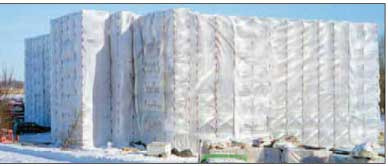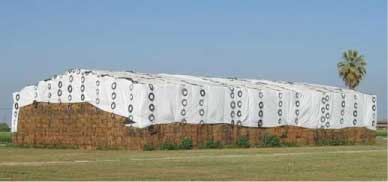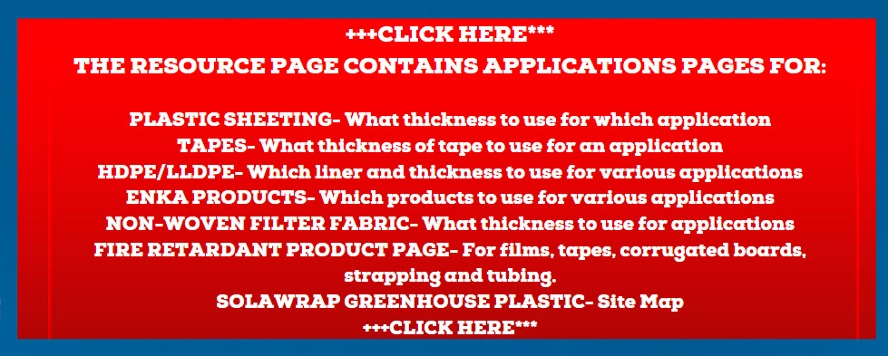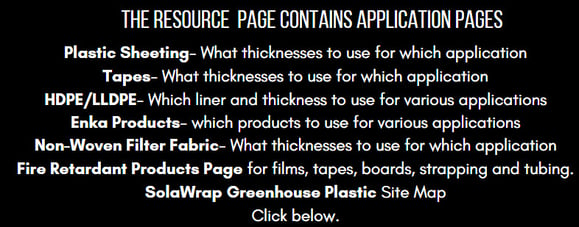Polyethylene sheeting has many names. It goes by the names visqueen, poly sheeting, plastic sheeting, plastic film, polyethylene sheet, and poly film to name a few. Polyethylene sheeting is a plastic film made from petroleum. That is why the price of the product can vary depending on what oil prices are doing. It is sold in rolls where in additives can be added to change the functionality of the film. Additive such as U.V. inhibitors, fire retardants, anti-static additives are added so each variation can best serve it's intended use. Additionally plastic sheeting comes is a wide range of thicknesses. The thicker the virgin film, the stronger it is. The film gets "thicker" as the numbers of "mils" increase. A 10 mil film is thicker than a 3 mil film and so on.

Polyethylene sheeting (film) has a big role in offering plastic protection. It is used in construction as vapor retarders, window films, flooring and counter top protection, and even in roofing. Polyethylene sheet can be used to seal off rooms, cover building materials, and be used in lead abatement projects. There are so many variation of the film, each one engineered for its project. The key is to educate yourself of the options so you get the most useful film to make your job easier. For example, why use a drop cloth on carpeting when you can use self adhesive plastic that sticks to the carpeting. If you knock over the paint can, the carpet won't get ruined. A drop cloth can easily be moved and not protect where you thought is was.
Even though polyethylene sheeting takes a hit from environmentalists for its slow rate of decomposition, HDPE plastic sheeting is there to protect he ground water from toxic chemicals from oil drilling or from landfills. It is used to slow run-off on hills, and keep lead out of the ocean during shipbuilding projects. Polyethylene sheeting is such a versatile product used in all aspects of life.
 Click HERE to visit the resource page to visit the applications pages for
Click HERE to visit the resource page to visit the applications pages for
*Plastic Sheeting - thickness for what application
* Tapes- thicknesses and applications
* Enka Products applications and options
and many more products.















